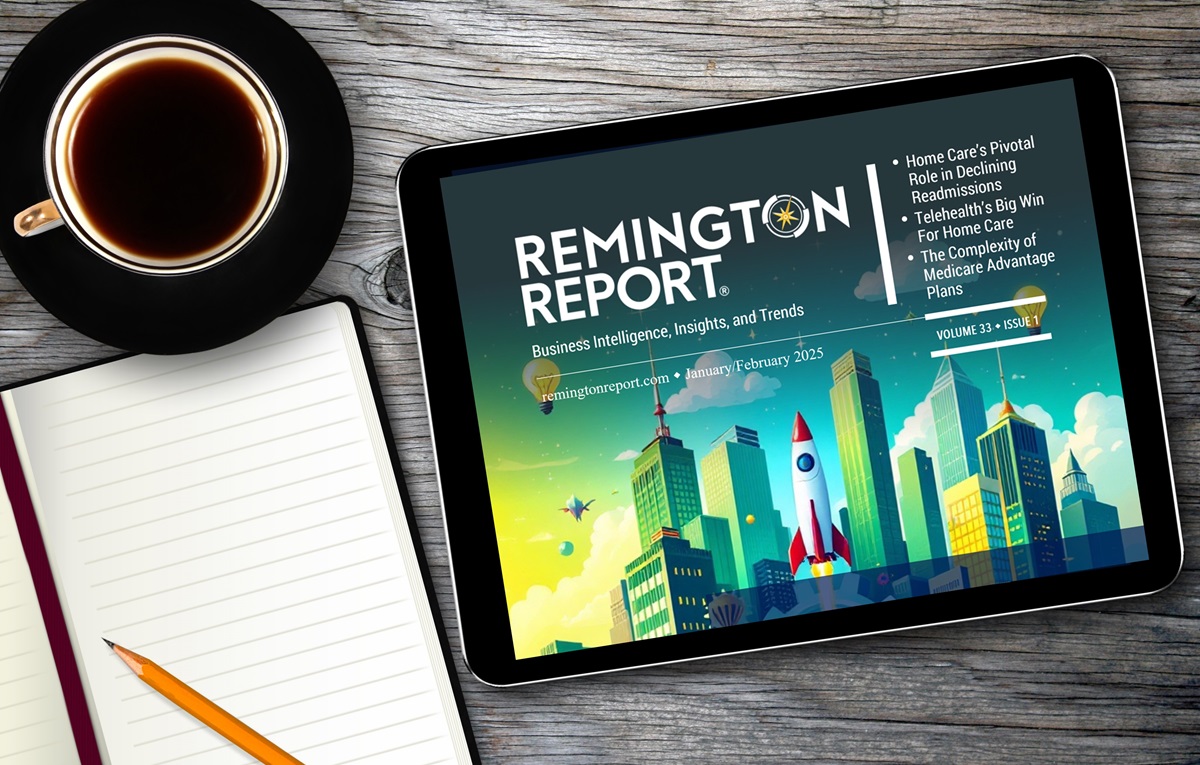Insights Into the 5 Most Utilized “Z” Codes
Z codes are a set of ICD-10-CM codes used to report social, economic, and environmental determinants known to affect health and health-related outcomes. Z codes comprehensively identify non-medical factors affecting health and track progress toward addressing them.
Positive social, as well as economic and environmental, conditions are associated with a wide array of positive or improved patient medical outcomes and lower or reduced costs, while worse conditions negatively affect health and health-related outcomes, e.g. hospital readmissions rates, length of hospital stay, and use of post-acute care services.
What are “Z” Codes?
- Z codes are a tool for identifying a range of issues related – but not limited – to education and literacy, employment, housing, ability to obtain adequate amounts of food or safe drinking water, and occupational exposure to toxic agents, dust, or radiation.
- Z codes can be used in any health setting (e.g., doctor’s office, hospital, skilled nursing facility (SNF) and by any provider (e.g., physician, nurse practitioner).
“Z codes can be used in any health setting (e.g., doctor’s office, hospital, skilled nursing facility (SNF) and by any provider (e.g., physician, nurse practitioner).”
A report from CMS “Z Codes Utilization among Medicare Fee-for-Service (FFS) Beneficiaries in 2017,” indicates among the 33.1 million continuously enrolled Medicare FFS beneficiaries in 2019, 1.59% had claims with Z codes, as compared to 1.31% in 2016.
Key Findings:
The 5 most utilized Z codes were:
- Z59.0 Homelessness
- Z63.4 Disappearance and death of family member
- Z60.2 Problems related to living alone
- Z59.3 Problems related to living in a residential institution
- Z63.0 Problems in relationship with spouse or partner
In addition:
- Beneficiaries dually eligible for Medicare and full-benefit Medicaid were overrepresented among the top 5 Z code claims.
- Beneficiaries in rural areas were overrepresented (39.7%) among those with a Z59.3 – Problems related to living in a residential institution claim.
- Male beneficiaries who accounted for 45.4% of the overall FFS population represented 67.1% of those with a Z59.0 – Homelessness claim.
- Black and Hispanic beneficiaries accounted for 8.8% and 5.9% of the overall FFS population, respectively, but represented 24.8% and 9.2%, respectively, of those with a Z59.0 – Homelessness claim.
- Most (49.6%) Z codes were billed on Medicare Part B non-institutional claims.
- The top 5 provider types representing the largest proportions of Z codes were family practice physicians (15%), internal medicine physicians (14%), nurse practitioners (14%), psychiatry physicians (13%), and licensed clinical social workers (12%).
This data highlight provides a follow up to the previously published highlight, “Z Codes Utilization among Medicare Fee-for-Service (FFS) Beneficiaries in 2017,” (Mathew, Hodge, & Khau, 2020). Given that social, economic, and environmental determinants explain substantial variance in health and health-related outcomes, more widely adopted and consistent documentation of them is needed to comprehensively identify non-medical factors affecting health and to track progress toward addressing them; doing so could aid in work toward achieving health equity and ensuring highest quality and best-value care for all beneficiaries.

Lisa is a turnaround expert who excels in navigating unsteady, complex, and ambiguous environments. She has provided C-suite education to over 10,000 organizations in the home care sector for decades. Lisa’s trusted voice in the industry has been recognized for her ability to manage disruption, identify new growth and revenue opportunities, and develop high-level engagement strategies between home care and referral partnerships. Her contributions are instrumental in advancing the future of home care.



